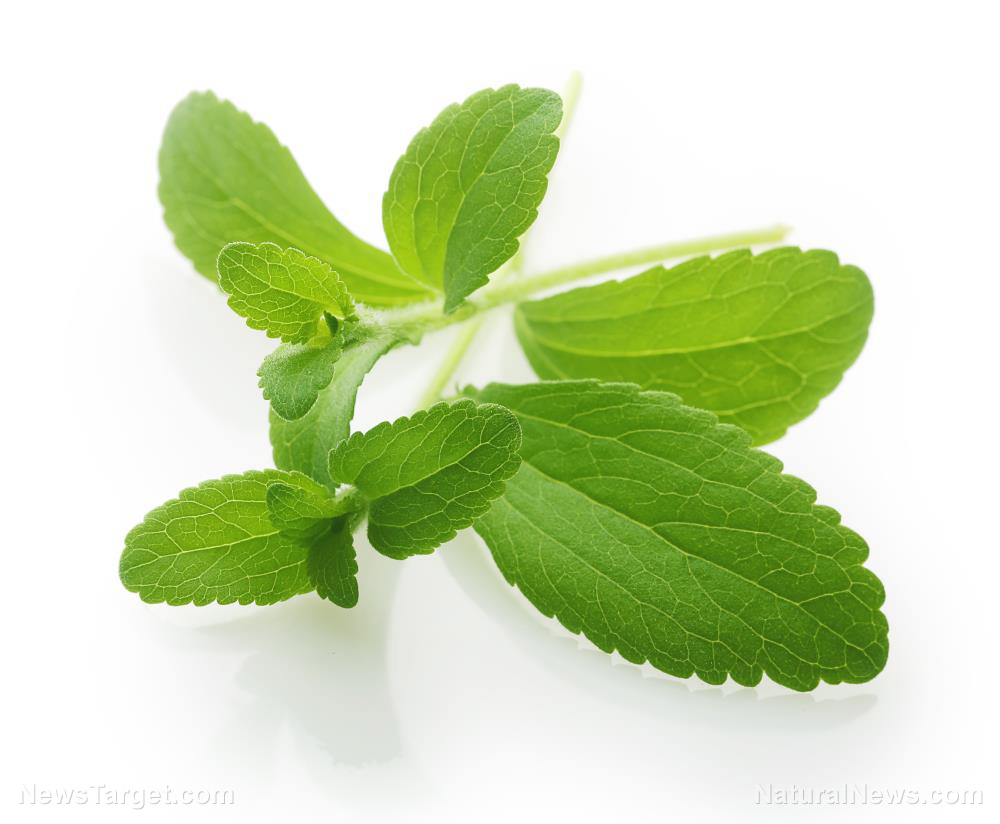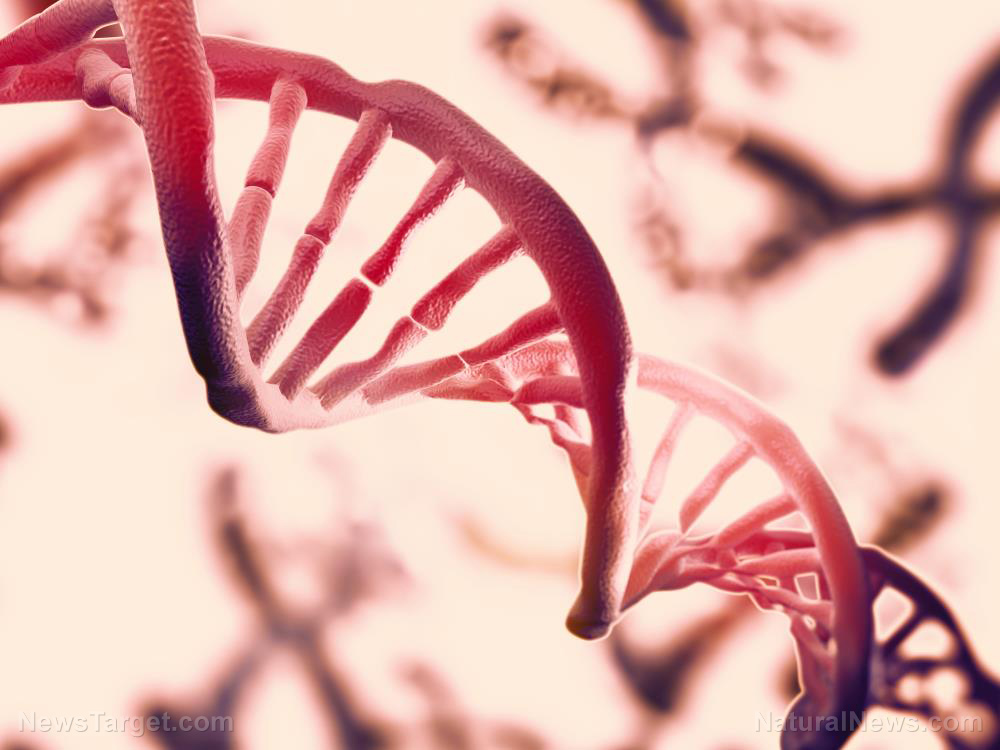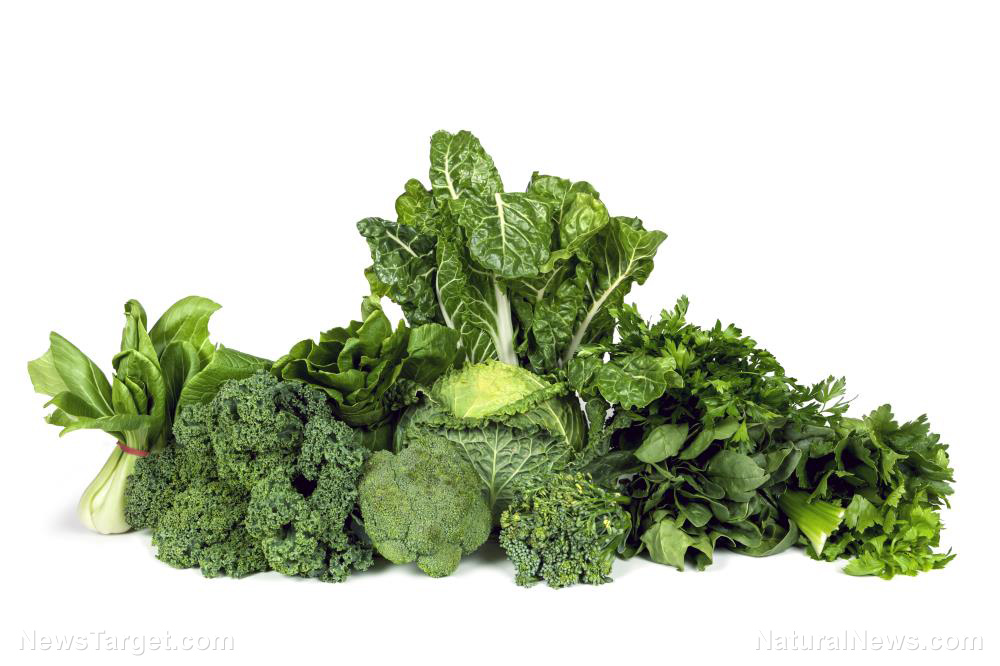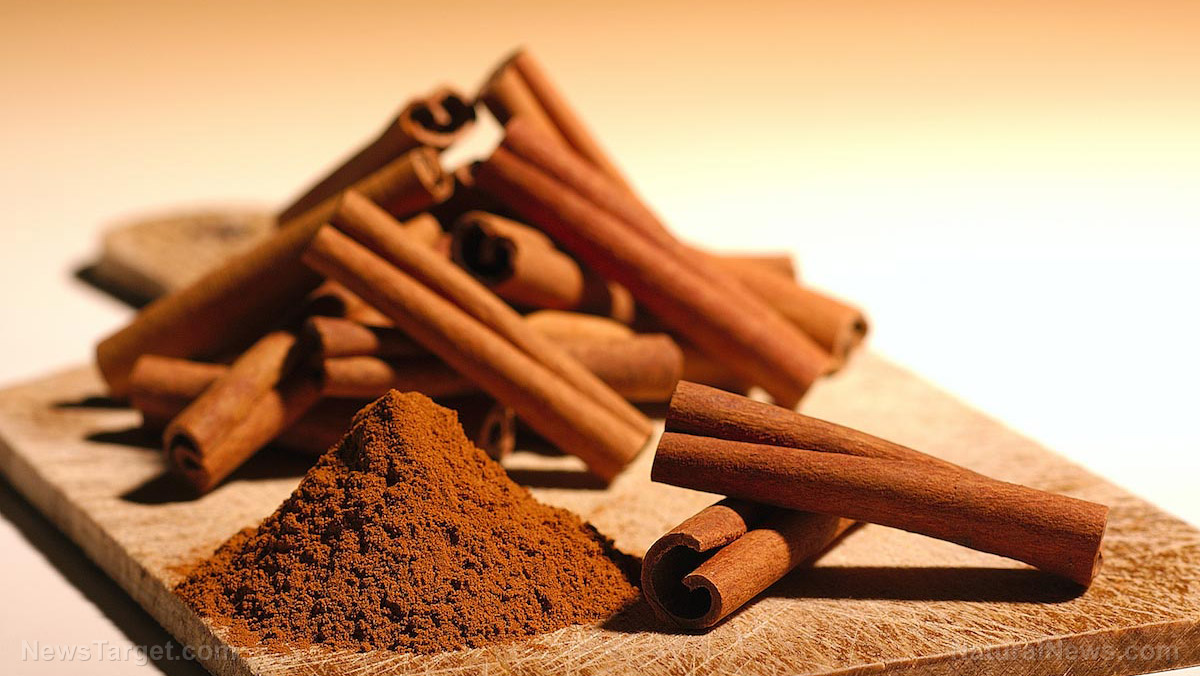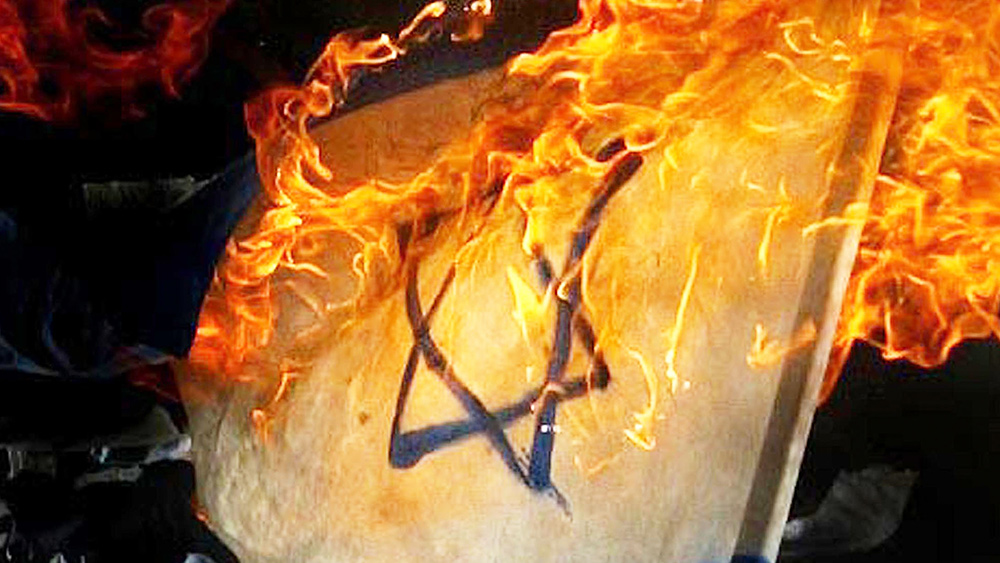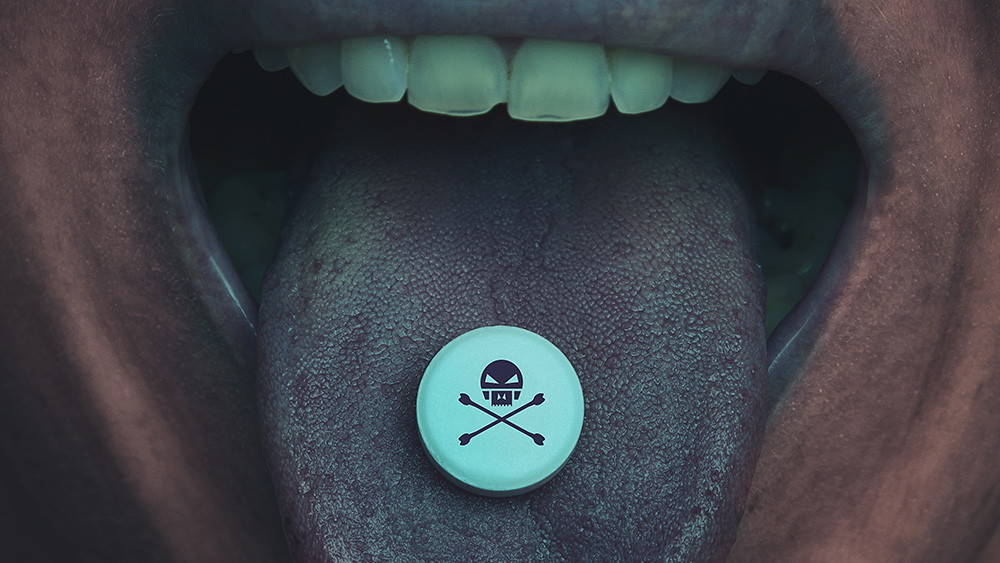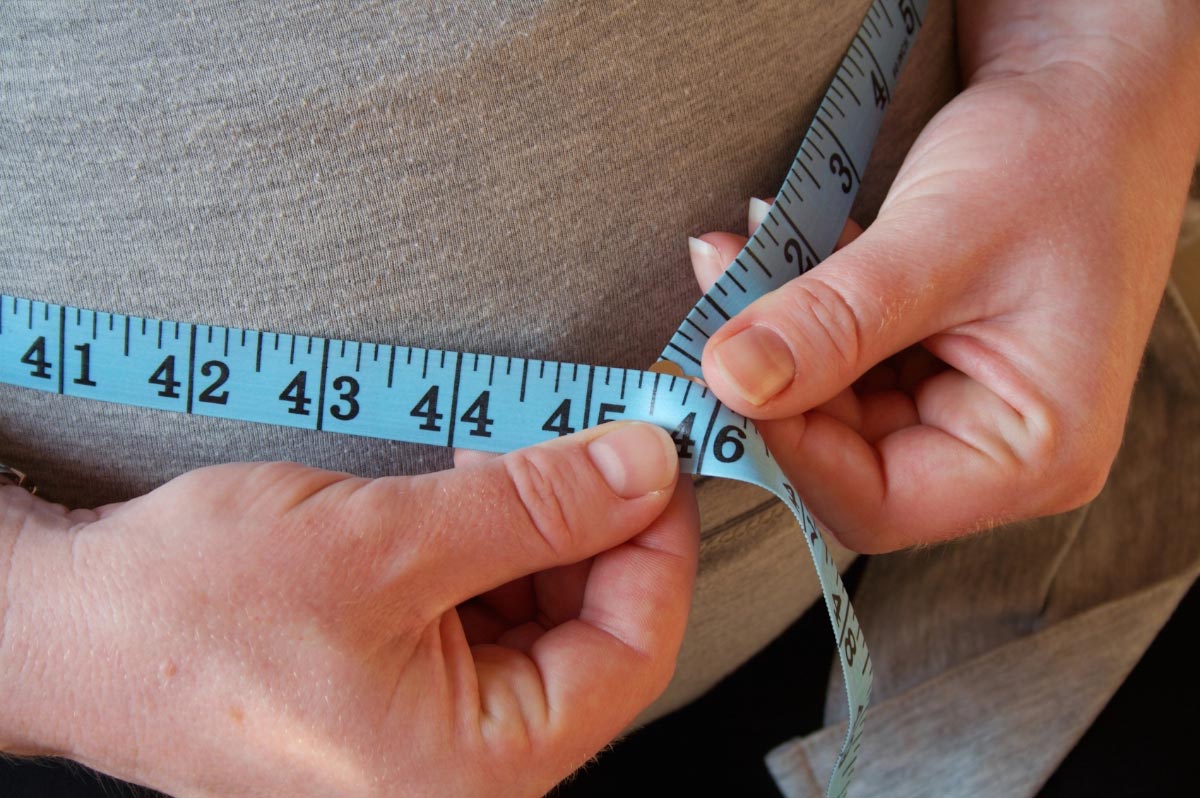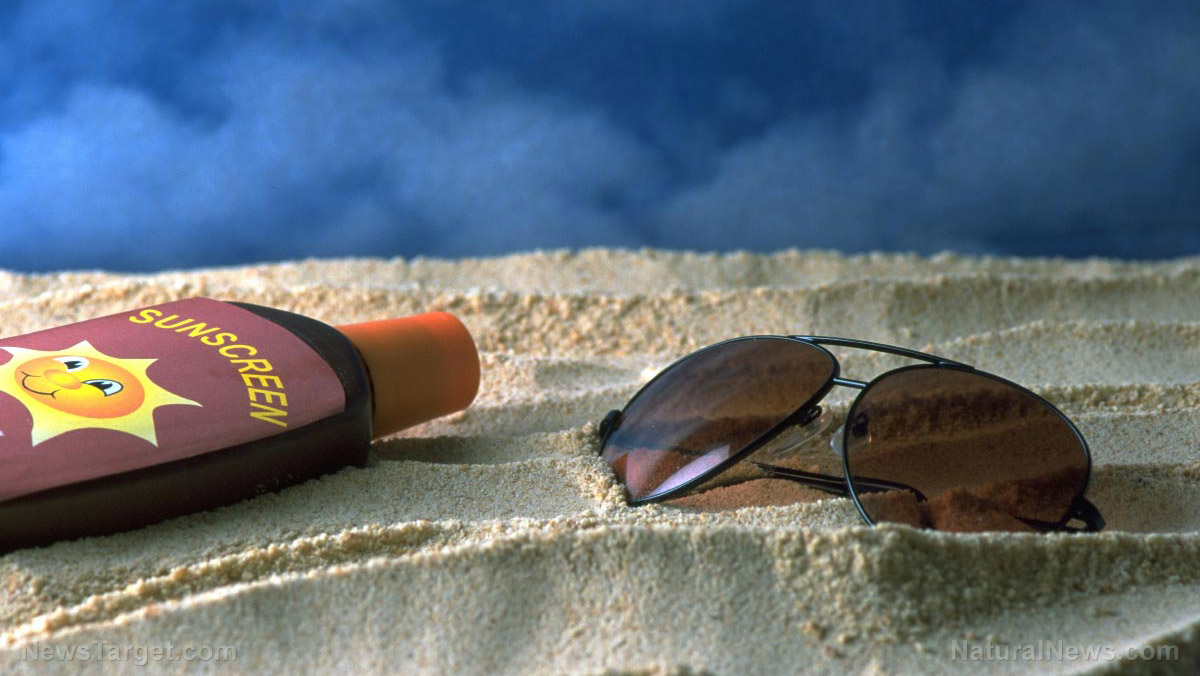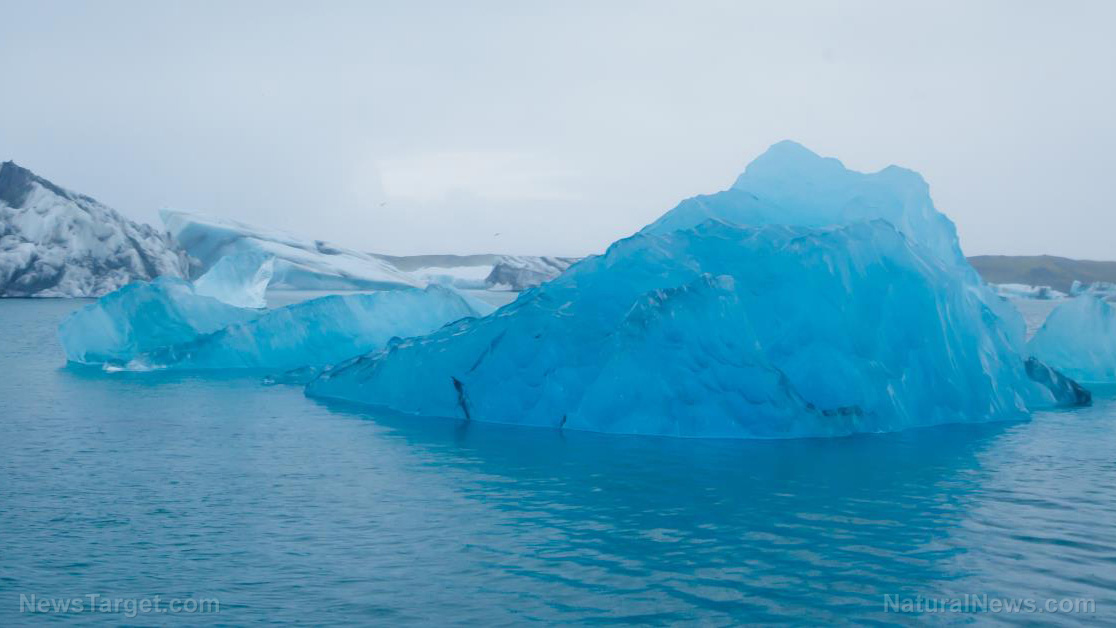
- Glacial meltwater acts as a natural fertilizer, lifting deep-ocean nutrients like iron and nitrate to the surface, supercharging phytoplankton growth by up to 40 percent in key Arctic regions.
- Phytoplankton blooms are the foundation of the ocean food web, supporting krill, fish, and whales — meaning more melt could, counterintuitively, boost fisheries.
- NASA’s supercomputer models reveal a delicate balance: While melting ice reduces the ocean’s ability to absorb CO₂ in some areas, the resulting phytoplankton absorb even more, creating a net positive for the carbon cycle.
- This isn’t climate collapse — it’s climate adaptation. The Arctic has undergone dramatic shifts for millennia, and life has consistently found ways to thrive in the flux.
- The real threat isn’t melting ice, but human interference — geoengineering schemes and industrial pollution disrupt natural processes far more than natural glacial retreat.
The hidden bounty in the melt
For decades, the narrative around Greenland’s ice sheet has been one of loss: 293 billion tons vanishing each year, a number so vast it numbs the mind. But nature doesn’t waste. When the Jakobshavn Glacier — Greenland’s most active — releases over 300,000 gallons of freshwater per second during summer, it doesn’t just disappear into the void. It plunges into the fjord like a geyser in reverse, churning up nutrients from the deep that have been locked away for centuries. “Think of it like turning over a garden,” says Dustin Carroll, an oceanographer at San José State University and NASA’s Jet Propulsion Laboratory. “The meltwater acts like a plow, bringing up iron, nitrate, and other fertilizers that phytoplankton crave.” These microscopic plants, though invisible to the naked eye, are the unsung heroes of the ocean. They feed krill, which feed fish, which feed whales — and, ultimately, us. When NASA satellites detected a 57 percent surge in Arctic phytoplankton growth between 1998 and 2018, scientists suspected glacial melt was the culprit. But proving it required a digital deep dive. Enter ECCO-Darwin, a supercomputer model so sophisticated it’s been called a “laboratory in itself.” By ingesting three decades of ocean data — billions of points on temperature, salinity, and currents — the team simulated the chaotic dance of physics and biology in Greenland’s fjords. What they found was stunning: the meltwater’s buoyancy creates an upward rush, delivering a nutrient feast that can boost summer phytoplankton growth by 15 to 40 percent. This isn’t just academic curiosity. Phytoplankton are the lungs of the planet, producing half the oxygen we breathe while vacuuming up CO₂. In a twist of poetic justice, the same meltwater that slightly reduces the ocean’s ability to dissolve carbon (by altering water chemistry) more than compensates by fueling organisms that gobble up CO₂ at an even faster rate.A history of ice, life, and human hubris
To understand why this matters, we have to zoom out — way out. Greenland’s ice sheet has waxed and waned for millions of years, long before humans started burning fossil fuels. During the Eemian period, roughly 125,000 years ago, temperatures were warmer than today, and Greenland’s ice was far smaller. Yet the Arctic didn’t collapse. Instead, life adapted. Passenger pigeons darkened American skies by the billions. Wolves and beavers thrived in numbers that dwarf today’s populations. The planet wasn’t “broken” — it was different. Fast forward to the present, and we’re told that every degree of warming is an existential threat. But the NASA study suggests that natural systems are far more dynamic than we give them credit for. The real danger isn’t melting ice — it’s our insistence on controlling nature rather than working with it. Consider the irony: While Greenland’s glaciers are naturally fertilizing the ocean, human-led geoengineering schemes — like spraying aerosols to “cool” the planet — are disrupting weather patterns, poisoning soils, and collapsing insect populations. The same governments and corporations pushing climate alarmism are often the ones accelerating ecological damage through industrial agriculture, chemical pollution, and misguided “solutions” that treat symptoms, not causes. “People panic when they see ice melting, but they don’t realize that melting is part of the cycle,” says Michael Wood, the study’s lead author. “The Arctic has always been a place of extremes. The question is, can we stop making it worse?”The carbon paradox: Why more melt might mean less CO₂
Here’s where things get fascinating. The study found that glacial runoff does make fjord water less able to absorb CO₂ from the atmosphere — at least at first. The influx of freshwater dilutes the saltiness, altering the chemistry. But that’s only half the story. The other half? Phytoplankton blooms triggered by the nutrients in that same runoff absorb far more CO₂ than the ocean loses. It’s a classic case of nature’s checks and balances. “We’re seeing a net positive for the carbon cycle in these regions,” Carroll explains. “The system self-corrects in ways we’re only beginning to understand.” This challenges the doomsday narrative that melting ice is an unmitigated disaster. In reality, Earth’s systems are resilient — when we let them be. The problem arises when we interfere with those systems in the name of “saving” them. Take the Netherlands, where farmers are being driven out of business over nitrogen restrictions, despite the fact that properly managed livestock can restore soil health. Or consider the collapse of global fisheries, not from natural causes, but from overfishing, plastic pollution, and toxic runoff — all human-made problems. Greenland’s glaciers remind us that change isn’t the enemy — imbalance is. The Arctic has survived warmer periods before. What it hasn’t survived is industrial-scale poisoning, from nanoparticles in the air to microplastics in the deep sea. The Arctic isn’t dying. It’s adapting. The question is whether we’ll adapt with it — or keep pretending we’re in control. Sources include: ScienceDaily.com JPL.NASA.gov Enoch, Brighteon.aiBy Lance D Johnson // Share
A discovery of hidden truths: DNI Gabbard uncovers concealed “burn bag” documents
By Willow Tohi // Share
Cruciferous vegetables: Mighty weapons in the fight against colon cancer
By Ava Grace // Share
Cinnamon’s infection and diabetes-fighting properties revealed
By News Editors // Share
Israeli units in Somaliland will be TARGETED, Houthi leader warns
By ramontomeydw // Share
New York mandates social media warning labels to combat youth mental health crisis
By bellecarter // Share
New Zealand's gas crisis deepens as domestic production plummets
By bellecarter // Share
Study links widely prescribed opioid to increased risk of deadly heart conditions
By bellecarter // Share
New study reveals "beer belly" fat poses greater heart risks than overall obesity
By patricklewis // Share
The sunlight paradox: How fear of sun exposure is fueling a vitamin D deficiency crisis
By dominguez // Share
